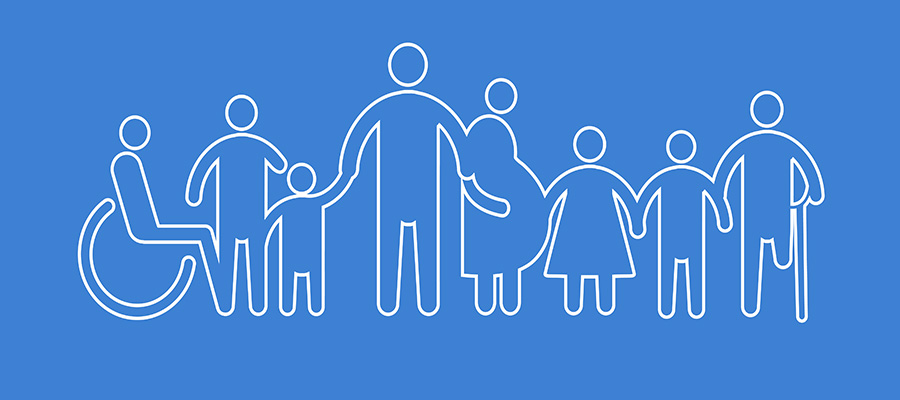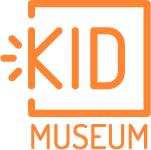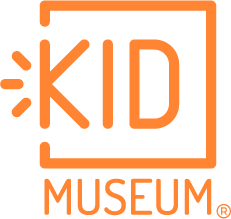Learn about the principles of Universal Design, a framework for design spaces and products that are meant to be accessible to everyone. Then, use what you’ve learned to redesign a space you enjoy to better serve everyone.
maker playground
remake spaces | 3rd grade+
explore
The curb cut: it’s an invention you’ve probably never heard of, but one that you use all the time! Curb cuts are those ramps at the end of a sidewalk that lead into the street. Even though curb cuts were designed in the 1940’s specifically for wheelchair users, they turned out to be helpful for everybody including people riding bikes, pushing baby strollers, or using crutches. The term “the curb cut effect” now refers to the idea that when we design with access and inclusion in mind, the results are better for everybody.
This idea has been turned into a set of design principles called Universal Design. UD is a way of approaching the design of buildings, spaces, and products so that they’re accessible for everyone.
Watch this video to learn about the 7 principles of Universal Design.
The Magical Bridge Foundation designs playgrounds that are great examples of UD principles in action. The design of these playgrounds allows children of all ages and abilities to play together on the same equipment.

imagine
Imagine a space that you love to be in: a park, classroom, store, museum, amusement park, or anywhere you like to visit.
- Can anyone enjoy that space the way you do, regardless of their age, ability, or situation? Apply the principles of Universal Design to redesign your chosen place to be enjoyable for everyone.
- What space will you choose? What about this space do you enjoy?
- What areas or elements in the space are not accessible to all people?
- How can you rethink the design to make this space enjoyable for all?
Need more inspiration? Explore these universally designed products or examples of inclusive architecture.
create
Once you’ve reimagined one of your favorite spaces, it’s time to build a model of your idea.
You can create a physical model using cardboard, clay, LEGOs, or whatever else you can think of. If you are interested in making a digital model, consider using TinkerCAD, a free, online 3D modeling software. Check out these videos to get started with TinkerCAD.
Once you’ve built your model, send your files or photos of your design to socialmedia@kid-museum.org.

